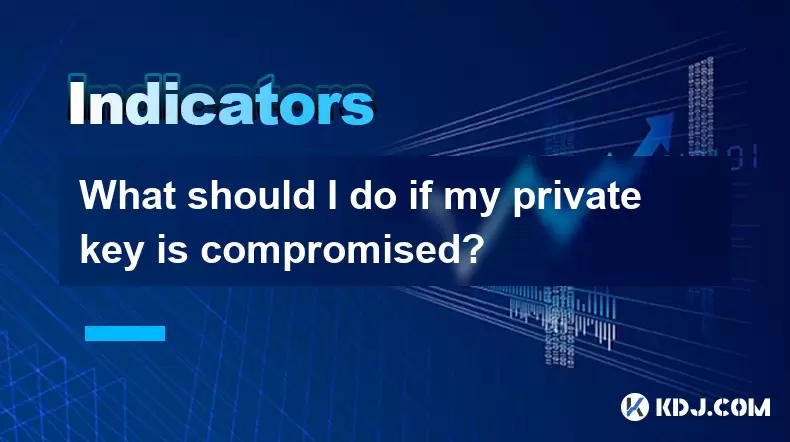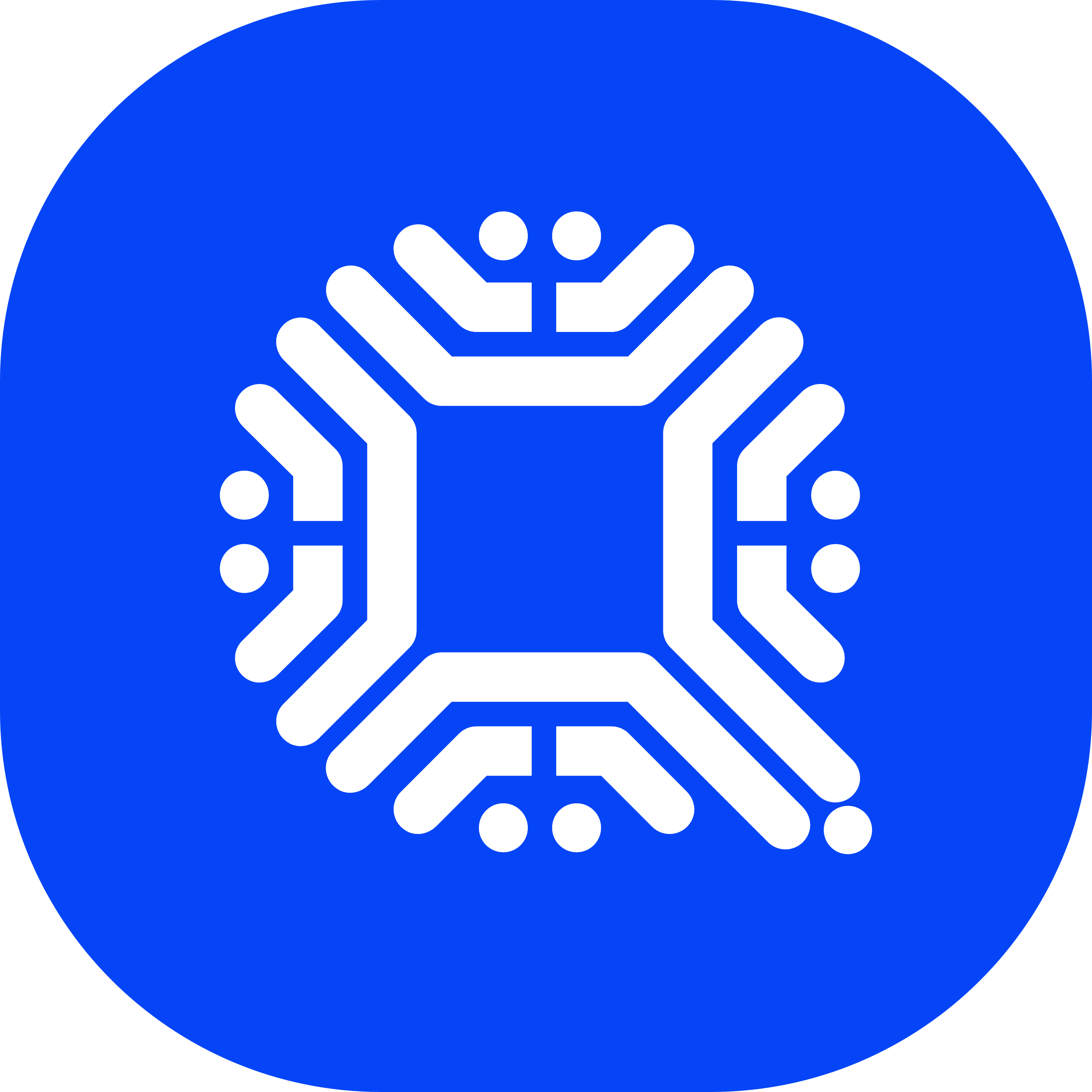-
 Bitcoin
Bitcoin $114600
-0.43% -
 Ethereum
Ethereum $4933
3.82% -
 XRP
XRP $3.108
2.91% -
 Tether USDt
Tether USDt $0.9999
0.03% -
 BNB
BNB $880.4
-0.16% -
 Solana
Solana $211.3
3.62% -
 USDC
USDC $0.0000
0.01% -
 Dogecoin
Dogecoin $0.2412
1.81% -
 TRON
TRON $0.3679
1.80% -
 Cardano
Cardano $0.9431
3.38% -
 Chainlink
Chainlink $26.41
1.18% -
 Hyperliquid
Hyperliquid $46.23
3.93% -
 Sui
Sui $3.791
2.41% -
 Stellar
Stellar $0.4209
1.60% -
 Ethena USDe
Ethena USDe $1.000
0.01% -
 Bitcoin Cash
Bitcoin Cash $597.9
1.86% -
 Avalanche
Avalanche $26.46
2.90% -
 Hedera
Hedera $0.2565
2.52% -
 Litecoin
Litecoin $123.6
2.35% -
 UNUS SED LEO
UNUS SED LEO $9.595
0.49% -
 Toncoin
Toncoin $3.386
0.53% -
 Shiba Inu
Shiba Inu $0.00001336
1.10% -
 Uniswap
Uniswap $11.39
0.93% -
 Polkadot
Polkadot $4.253
2.32% -
 Aave
Aave $357.1
1.31% -
 Cronos
Cronos $0.1614
3.13% -
 Bitget Token
Bitget Token $4.730
0.79% -
 Dai
Dai $0.9999
-0.01% -
 Monero
Monero $283.1
6.99% -
 Pepe
Pepe $0.00001137
0.81%
What should I do if my private key is compromised?
If your private key is compromised, immediately transfer funds to a new wallet with a secure, offline-generated key and never reuse the exposed key.
Aug 10, 2025 at 01:50 am

Immediate Actions to Take When Your Private Key Is Compromised
If you suspect that your private key has been compromised, the most urgent priority is to prevent further unauthorized access to your cryptocurrency holdings. The moment you become aware of the exposure, you must act swiftly. The first step is to transfer all funds from the affected wallet to a new wallet with a secure, uncompromised private key. This new wallet must be generated using a trusted and offline method, such as a hardware wallet or a reputable software wallet with strong security protocols. Do not delay this process, as any delay increases the risk of fund theft.
- Stop using the compromised wallet immediately for any transactions.
- Verify the integrity of your device by scanning for malware or keyloggers that may have led to the compromise.
- Use a clean, secure device to generate the new wallet, preferably one that has never been connected to suspicious networks or websites.
It is essential to understand that a private key grants full control over the associated blockchain address. If someone else possesses it, they can sign transactions and drain your funds at any time.
Understanding the Role of the Private Key in Cryptocurrency Security
The private key is the cornerstone of cryptocurrency ownership and control. It is a cryptographic string that allows you to access and manage digital assets on a blockchain. Without it, you cannot authorize transactions. Conversely, anyone with access to your private key can do so. This makes it fundamentally different from traditional banking credentials, where recovery options exist through institutions. In decentralized systems, there is no central authority to reset or recover your key.
- Private keys are mathematically linked to public addresses through elliptic curve cryptography.
- Possession of the private key equals ownership of the assets on that address.
- No mechanism exists to "freeze" or "revoke" a private key once it's exposed.
This underscores why protecting your private key is non-negotiable. Once compromised, the security of your entire wallet is irreversibly breached.
How to Securely Generate and Store a New Wallet
After transferring your funds, the next critical phase is establishing a new, secure wallet environment. Begin by choosing a trusted wallet provider—preferably a hardware wallet like Ledger or Trezor, or a well-audited software wallet like Electrum (for Bitcoin) or MetaMask (for Ethereum-based assets). During setup, ensure you are on the official website and using a secure internet connection.
- Generate a new wallet offline if possible, to minimize exposure to network-based threats.
- Write down the recovery phrase (seed phrase) on paper and store it in a physically secure location, such as a fireproof safe.
- Never store the seed phrase digitally—not in cloud storage, email, or screenshots.
- Enable additional security features like PIN protection, passphrase encryption (25th word), or multi-signature setups if supported.
Remember, the new private key must never be exposed to untrusted environments. Avoid typing it into any online service or sharing it with anyone.
Investigating the Source of the Compromise
To prevent future incidents, you must identify how the private key was exposed. Common vectors include phishing attacks, malware infections, insecure storage practices, or use of untrusted wallet generators. Review your recent activities:
- Check if you entered your private key or seed phrase on a fake website mimicking a wallet service.
- Scan your devices with updated antivirus and anti-malware tools to detect keyloggers or clipboard hijackers.
- Review browser extensions—malicious ones can steal wallet data.
- Assess whether you used a web-based wallet generator that could have logged your keys.
If you used a software wallet on a compromised device, assume all data on that device is at risk. Consider reinstalling the operating system from a clean source and restoring only essential, verified data.
What Not to Do After a Private Key Leak
Certain actions may seem helpful but can worsen the situation. Never attempt to "re-secure" the compromised wallet by changing passwords or settings—this is ineffective because the private key itself is the root of access. The blockchain does not recognize password changes on wallets; only the private key matters.
- Do not reuse the same seed phrase or private key in any new setup.
- Avoid publicizing the incident on forums or social media with identifiable details, as this may attract attackers targeting your new addresses.
- Do not rely on wallet recovery services that claim to "retrieve" stolen funds—these are often scams.
The only effective response is to move assets to a fresh, securely generated wallet and maintain strict operational security going forward.
Monitoring and Ongoing Protection Measures
After securing your funds, monitor the old compromised address using a blockchain explorer. This allows you to see if any unauthorized transactions occur, confirming whether the attacker accessed the wallet. Set up alerts if your wallet provider supports them.
- Use blockchain analysis tools to track outgoing transactions from the compromised address.
- Enable two-factor authentication (2FA) on any exchange or service linked to your wallet.
- Regularly update wallet software and firmware to patch known vulnerabilities.
- Practice air-gapped signing for high-value transactions, especially with hardware wallets.
Continuously educate yourself on emerging threats like SIM swapping, phishing domains, and social engineering tactics used to extract private keys.
Frequently Asked Questions
Can a compromised private key be revoked or invalidated on the blockchain?
No. The blockchain does not support revocation of private keys. Once a key is exposed, the only protection is to move funds to a new address controlled by a different, secure private key.
Is it safe to reuse the same public address after transferring funds from a compromised private key?
While the public address itself isn't sensitive, reusing it may expose you to tracking and potential social engineering. It is better to use a new address for future transactions to enhance privacy and security.
What if I only shared my private key with someone I trusted, but now I regret it?
Even if the person is trustworthy now, the key could be copied, leaked, or compromised later. Treat it as fully exposed. Immediately transfer funds to a new wallet and never use that key again.
Can blockchain analysis detect if someone else has used my private key?
Yes. By monitoring the address on a blockchain explorer, you can see all transactions. Unauthorized transfers, especially to unfamiliar addresses, indicate misuse. Some tools can even flag high-risk destinations like known exchange deposit addresses.
Disclaimer:info@kdj.com
The information provided is not trading advice. kdj.com does not assume any responsibility for any investments made based on the information provided in this article. Cryptocurrencies are highly volatile and it is highly recommended that you invest with caution after thorough research!
If you believe that the content used on this website infringes your copyright, please contact us immediately (info@kdj.com) and we will delete it promptly.
- Rare Find: The 1-Cent Coin Worth €6,000!
- 2025-08-25 02:45:28
- Hacktivism, Tokenization, and the Decentralized Future: A New Yorker's Take
- 2025-08-25 02:45:28
- UNI Price Gears Up for New Cycle: Analyst Outlook Bullish
- 2025-08-25 02:50:11
- BlockchainFX, Polkadot, Stellar: Unveiling 2025's Crypto Opportunities
- 2025-08-25 03:25:27
- Pi Coin Price Patterns: Decoding the Hype and Reality
- 2025-08-25 03:30:12
- Pepe Crypto: Price Predictions and Long-Term Investment Potential - A NYC Perspective
- 2025-08-25 03:05:12
Related knowledge

What does it mean when the +DI and -DI cross frequently in the DMI indicator but the ADX is flattening?
Aug 11,2025 at 03:15am
Understanding the DMI Indicator ComponentsThe Directional Movement Index (DMI) is a technical analysis tool composed of three lines: the +DI (Positive...

What does the sudden appearance of a "dark cloud cover" candlestick pattern during an uptrend indicate?
Aug 13,2025 at 11:35am
Understanding the 'Dark Cloud Cover' Candlestick PatternThe dark cloud cover is a bearish reversal pattern in technical analysis that typically appear...

What does it mean when the moving average, MACD, and RSI all send buy signals simultaneously?
Aug 11,2025 at 01:42pm
Understanding the Convergence of Technical IndicatorsWhen the moving average, MACD, and RSI all generate buy signals at the same time, traders interpr...

What does it mean when both the KDJ indicator and the RSI show overbought signals simultaneously?
Aug 13,2025 at 11:35am
Understanding the KDJ Indicator in Cryptocurrency TradingThe KDJ indicator is a momentum oscillator derived from the Stochastic Oscillator, widely use...

What does it mean when the price is trading above the SAR indicator but the red dots are densely packed?
Aug 09,2025 at 11:49pm
Understanding the SAR Indicator and Its Visual SignalsThe SAR (Parabolic Stop and Reverse) indicator is a technical analysis tool used primarily to de...

What does it mean when the candlestick chart forms a "Morning Star" but trading volume is sluggish?
Aug 12,2025 at 06:28pm
Understanding the Morning Star Candlestick PatternThe Morning Star is a three-candle bullish reversal pattern commonly observed in cryptocurrency pric...

What does it mean when the +DI and -DI cross frequently in the DMI indicator but the ADX is flattening?
Aug 11,2025 at 03:15am
Understanding the DMI Indicator ComponentsThe Directional Movement Index (DMI) is a technical analysis tool composed of three lines: the +DI (Positive...

What does the sudden appearance of a "dark cloud cover" candlestick pattern during an uptrend indicate?
Aug 13,2025 at 11:35am
Understanding the 'Dark Cloud Cover' Candlestick PatternThe dark cloud cover is a bearish reversal pattern in technical analysis that typically appear...

What does it mean when the moving average, MACD, and RSI all send buy signals simultaneously?
Aug 11,2025 at 01:42pm
Understanding the Convergence of Technical IndicatorsWhen the moving average, MACD, and RSI all generate buy signals at the same time, traders interpr...

What does it mean when both the KDJ indicator and the RSI show overbought signals simultaneously?
Aug 13,2025 at 11:35am
Understanding the KDJ Indicator in Cryptocurrency TradingThe KDJ indicator is a momentum oscillator derived from the Stochastic Oscillator, widely use...

What does it mean when the price is trading above the SAR indicator but the red dots are densely packed?
Aug 09,2025 at 11:49pm
Understanding the SAR Indicator and Its Visual SignalsThe SAR (Parabolic Stop and Reverse) indicator is a technical analysis tool used primarily to de...

What does it mean when the candlestick chart forms a "Morning Star" but trading volume is sluggish?
Aug 12,2025 at 06:28pm
Understanding the Morning Star Candlestick PatternThe Morning Star is a three-candle bullish reversal pattern commonly observed in cryptocurrency pric...
See all articles

























































































